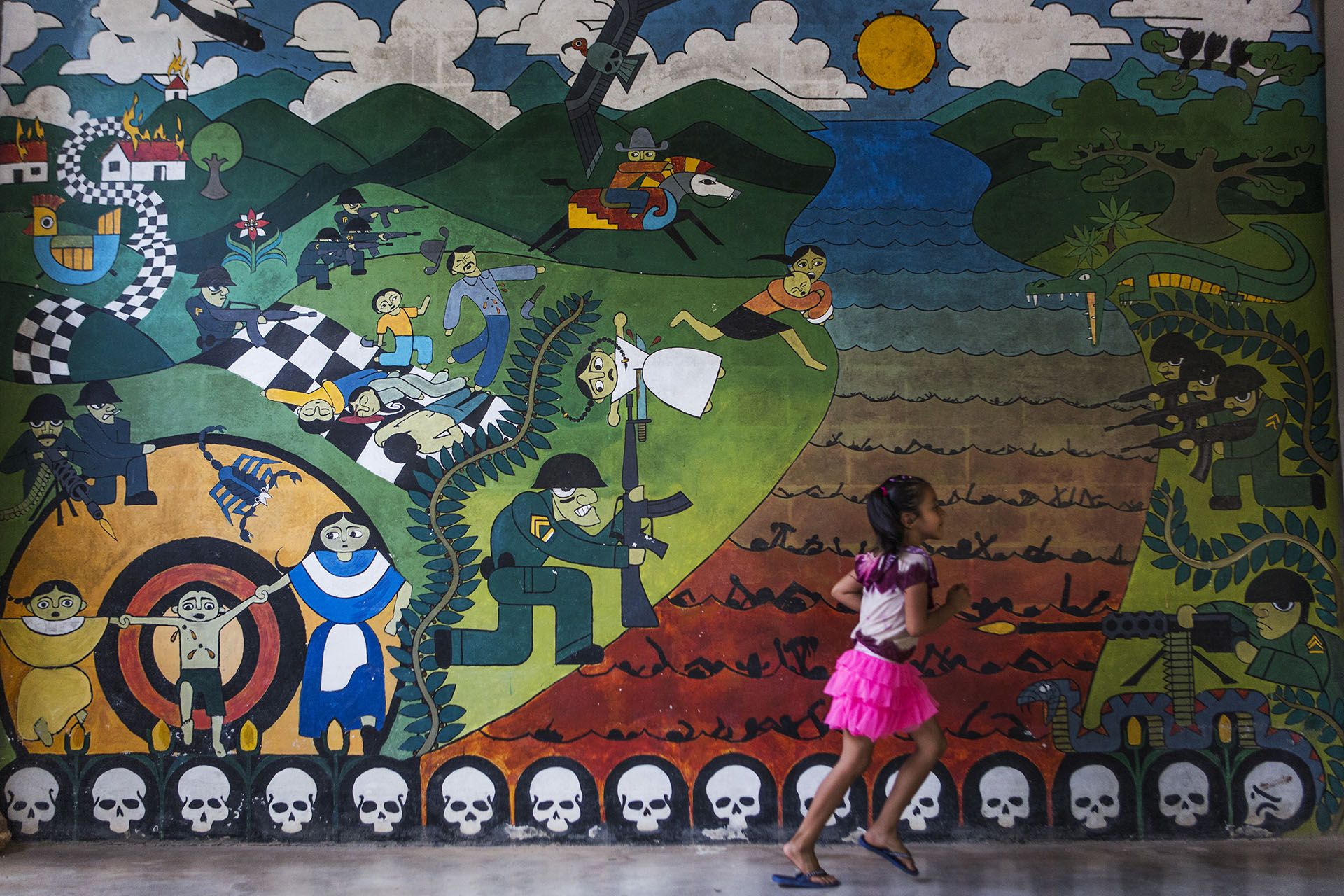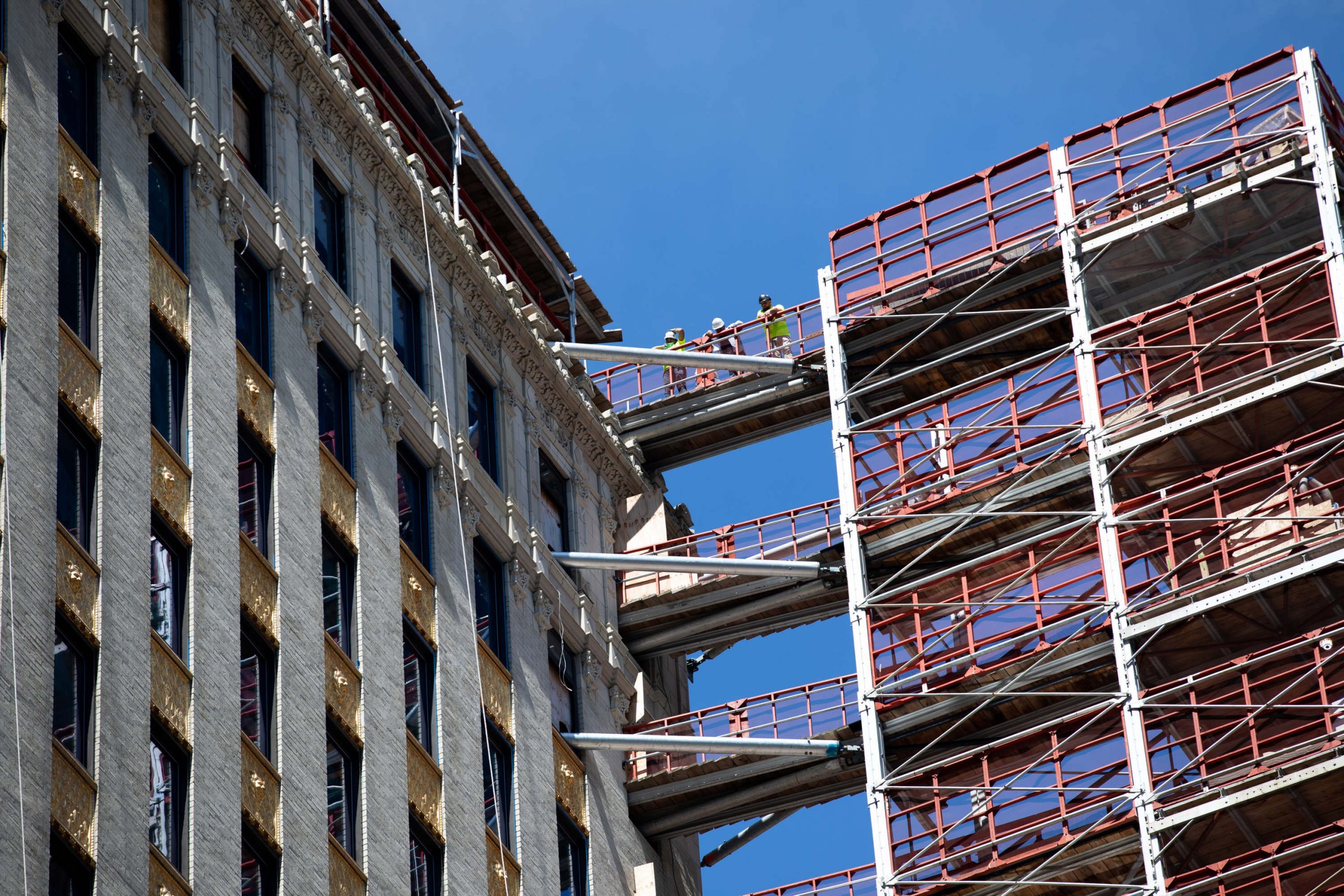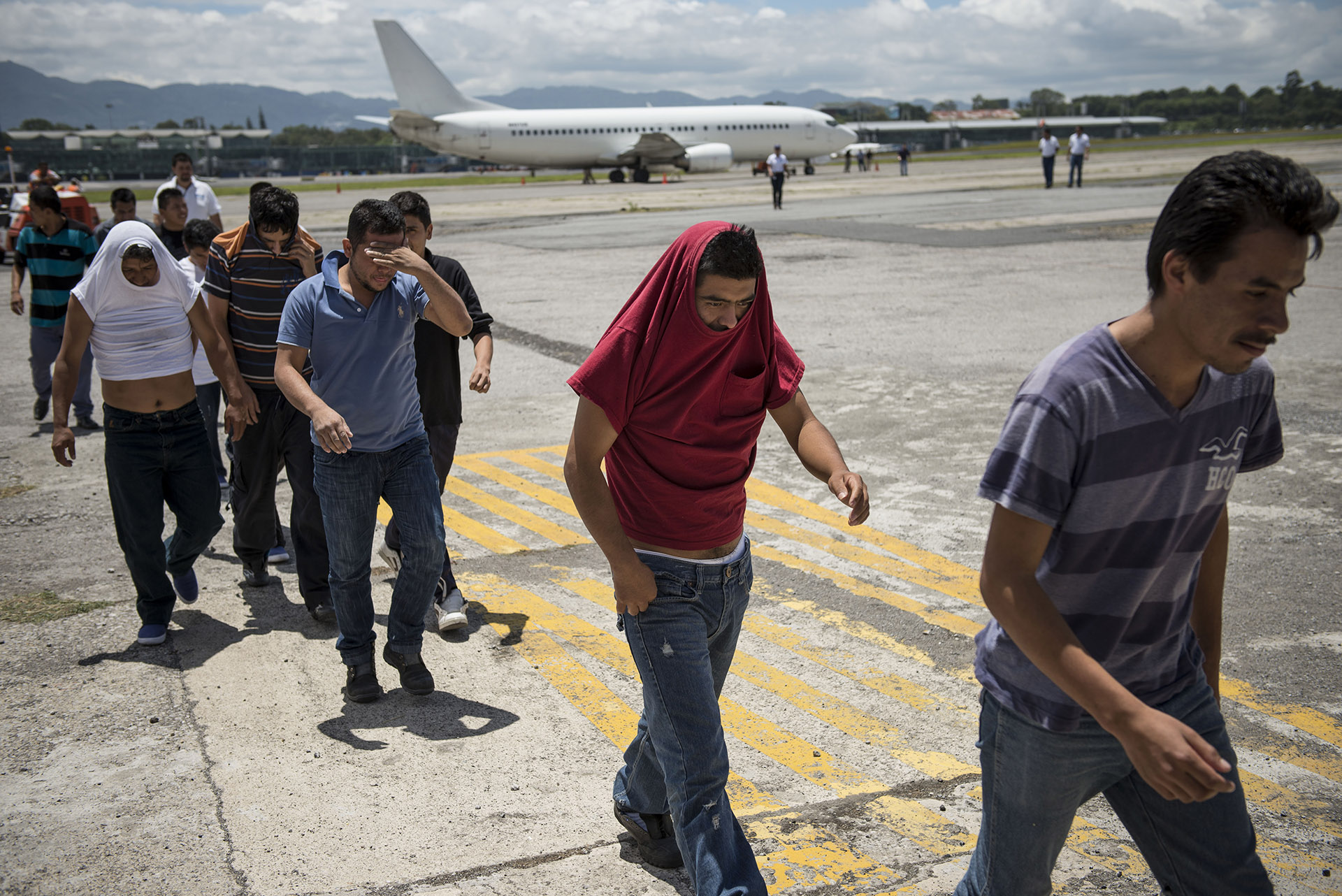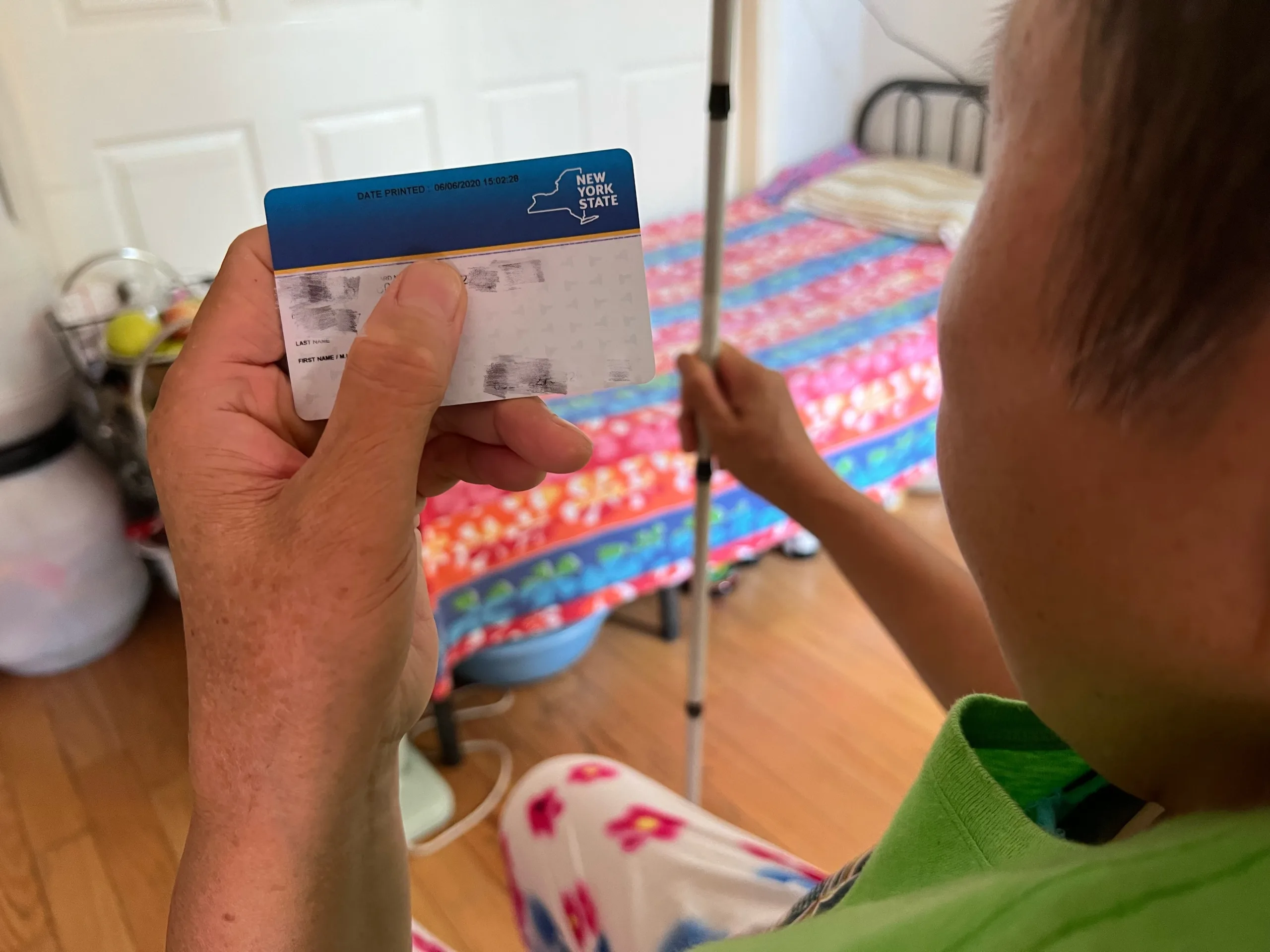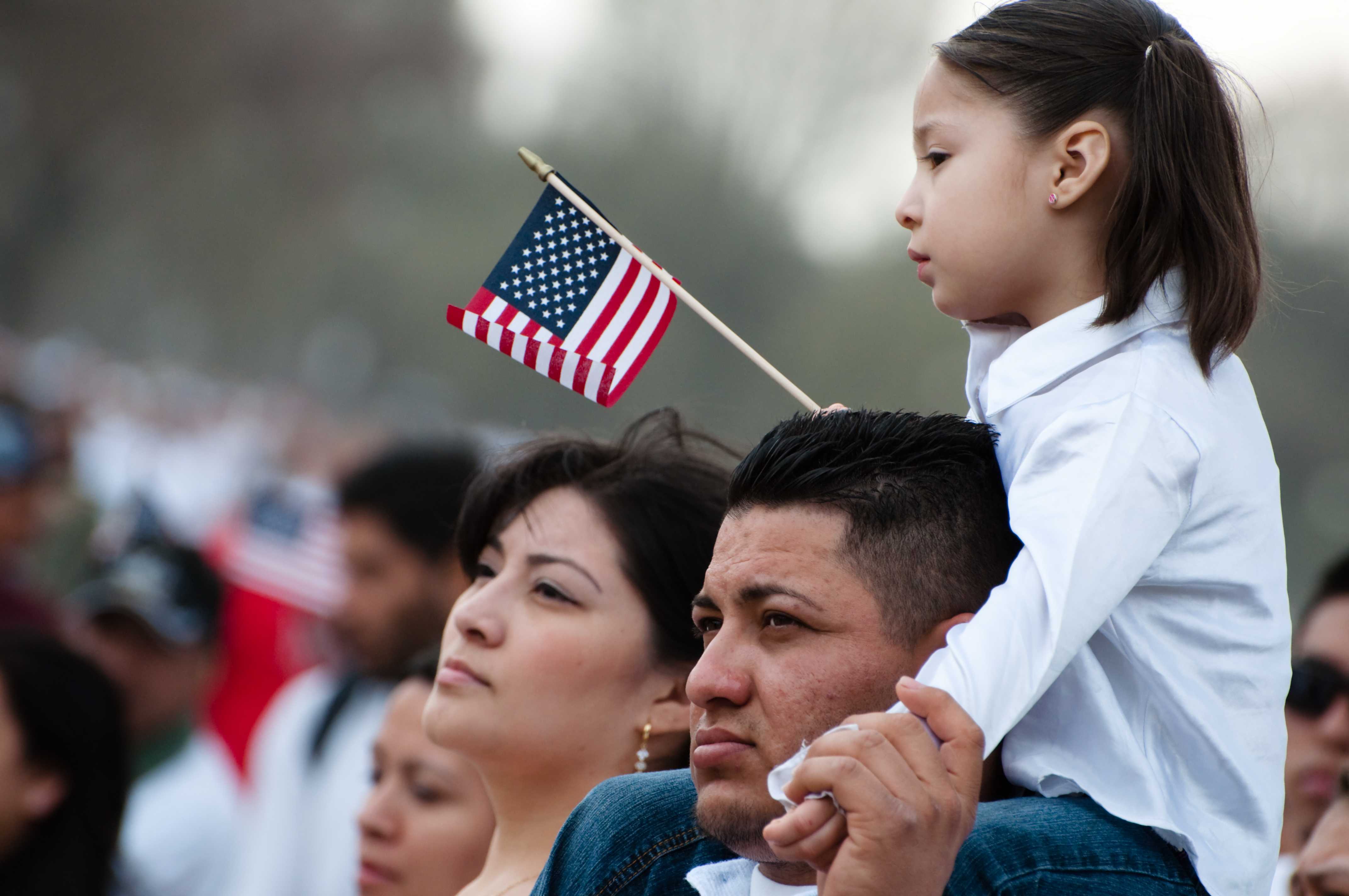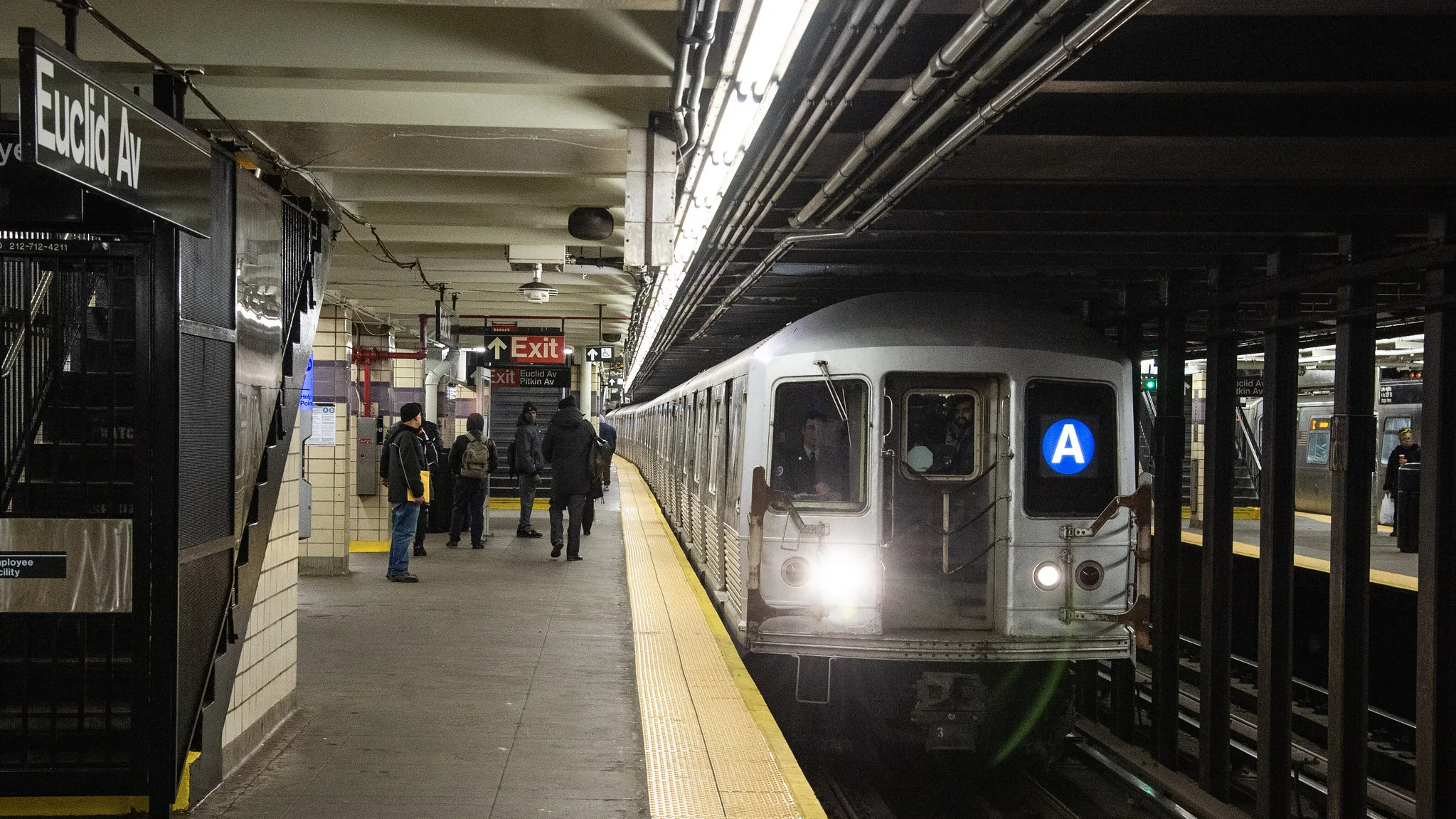
This article is part of the Retorno project from the Guatemala based nonprofit journalism organization El Intercambio. It was funded by the Seattle International Foundation.
Aníbal Martínez and Víctor Galeas were born into a life of turmoil during the early days of El Salvador’s Civil War.
As children, they were forced to flee deep into the mountains. The army killed two of Aníbal’s brothers. Blanca, Víctor’s mother, suffered two miscarriages while fleeing the violence.
But even after the war ended, Aníbal and Víctor couldn’t find peace at home. The state of Chalatenango where they lived had few jobs, so they made their way to the United States in their early twenties — and faced another wave of struggles.
Aníbal, now 41, washed dishes in Los Angeles for three years before being deported for the first time in 2006. By 2010, he had left El Salvador again, this time for Denver and back to the restaurant business. He lasted seven years before slipping up — he says his roommates got into a drunken brawl, leading to their arrest and deportation. After his second deportation, Aníbal says, he had no desire to go back to the U.S.
Víctor, now 37, spent 12 years as a line cook in Arlington, Virginia. He sports a deep, vertical scar above his belly button and can no longer lift heavy objects because in 2018, he says a complete stranger approached him and, in Spanish, said: “I’ve been looking for you.” He then stabbed him in the stomach. Victor suspects that U.S. Immigration and Customs Enforcement discovered him through his subsequent trip to the hospital. He was detained during a smoke break outside the Salvadoran restaurant where he worked.

Víctor and Aníbal, which are not their real names, are now back home in La Playa. It’s a small community tucked into the mountains of southeast Chalatenango, full of fruit trees and close to the Honduran border. They agree little has changed over the years, save for the fact that the dirt paths running alongside rivers and waterfalls have been paved over.
Read the first part of this series: Honduras Pledged Billions for Its Deportees. Where Did the Money Go?
Nueva Trinidad, the town La Playa is a part of, is a tourist outpost in a country with a vivid recollection of its past. The Farabundo Martí National Liberation Front — the insurgent forces of the civil war that came to form a political party through peace accords — has governed the town for 30 years. A plaque on an old copinol tree sits in the center of the town says the National Guard, which opposed the FMLN in the war, hung people from its branches. Nobody has moved to hew it down.
Like Guatemala and Honduras, the two other points completing the Northern Triangle of Central America, El Salvador has seen a mass exodus. Data from the Salvadoran government shows one in three Salvadorans live abroad. In 2014 alone, more than 40,000 Central American minors tried to cross into the United States. With young people in particular leaving the region, its future is growing questionable.
The region’s economic and security woes and the sheer number of migrants traveling to the United States were the impetus for the Obama administration’s 2014 development plan targeting Central America. The Alliance for Prosperity in the Northern Triangle of Central America, or A4P, was designed to distance itself from past projects that had prioritized public safety over the economy. On paper, all three governments would put money down for the plan, but the paper trail suggests otherwise.
From 2016 to 2018, the U.S. Agency for International Development kept its end of the bargain, wiring $204 million to its Salvadoran partners to fund new A4P programs and continue pre-existing ones, according to figures from the Inter-American Development Bank. Meanwhile, the Salvadoran government identified 44 target municipalities for increased investment, considering factors including deportation and homicide rates.
The executive branch labeled a total of 593 programs as eligible for A4P money in its budget proposals those years, but never disbursed any funds, according to documents from the Technical Secretary of the Vice Presidency of El Salvador that were obtained and analyzed by El Intercambio. The United States then cut off its side of the funds in September of 2019.
Aníbal and Víctor’s home of Nueva Trinidad is home to the highest rate of deportees from the United States in all of El Salvador, a country with the second-highest homicide rate in the world. But despite this, the Salvadoran government decided not to extend any of the extra funding to Nueva Trinidad, according to an analysis from El Intercambio.
“One day God will give me enough to eat”
Miguel Ángel Vásquez, priest of the parish of Nueva Trinidad and Arcatao since 1986, sits in his church and recalls the Salvadoran Civil War. Unlike other priests in the area, he never worked with the guerrillas against the army, he says. After the war, repopulating the municipality — which encompasses seven independently governed regions scattered throughout the dense forest — was no easy feat.
“People would have good reason to hate or remember the guerrilla unfavorably, but they see the past through a different lens. They took upon themselves the struggle of the guerrilla,” said Vásquez, explaining that both sides of the armed conflict inflicted deaths in the area near Neuva Trinidad where Víctor and Aníbal live.
“If the war had gone on, we would have already died a thousand times,” said Víctor’s mother, Blanca. A lot has changed since the war, she said. “There were no manufacturers, like there are now, to give lessons to the children. We’ve suffered greatly, but we’ve gotten [international] help, shoes, notebooks, uniforms. We had no water before, but now we do, even if we do pay for it.”
Carasque, the canton surrounding Nueva Trinidad, has changed in other ways too. Students learn about peace and civic duty, the consensus against mining, and the movement for equality between boys and girls. Students complete high school and learn about their own heritage. Murals throughout the area depict the community’s strength and resilience, though the contemporary history of migration to the United States doesn’t make an appearance.
In La Playa, a narrow concrete path gives way to Aníbal Martínez’s sprawling home and convenience store, which he slowly constructed with remittances he earned through his work in the U.S. Years back, he demolished his mother’s old house, building her a room in his new, much larger home among the jocote trees. He shouldn’t eat the fruit, he says. In fact, he’s allergic to it — so much so that he has trouble breathing when he does. But it’s a guilty pleasure.
Aníbal, tall and blond, sits out on his porch with his daughter between his legs, flapping his broken plastic sandals against his heels. As he recalls his childhood hunger, he tears up. He never made it past seventh grade. When he was 14, his father died, and he was forced to work on the farm full-time to support his family before leaving for the U.S.
“I’ll be honest; I’m not ashamed. I left to support my mother, little sister, and nephew,” Aníbal said. “We had just enough to eat, but I couldn’t do it on my own. I worked from dawn to dusk, sometimes at night. I would go into town to look for work. I wasn’t the only one. I told myself, ‘To get away from this work, I’ll take the risk, because one day God will give me enough to eat.'”
Martinez suffers from a spinal injury he got while living in the United States. As he recounts the backstory, tracing back to Denver in 2012, he re-lives the pain. As he opened his fridge, he felt an electric shock in his back and crumbled to his apartment floor. It was a familiar pain from his Salvadoran childhood, when he fell from a pepeto tree and landed on his face with such force that he thought his eyeballs must have popped out from their sockets.
Twenty years later, he felt a stabbing pain in his back, a reminder of the damage to his spinal disks. He spent months unemployed, alone. The medical bills pushed him back to work. He sent money home for the house and the first two cows that he bought his current partner, a Honduran woman he met in Denver.
“You don’t quite grasp the amount of damage you carry inside until the pain gets out of hand,”’ he explains. “I think most of those who go to the United States come back injured.”

At the edge of Aníbal’s property is a metal gate leading to the home of Víctor Galeas’ mother. Two pigs grunt and a flock of chickens cluck near the home, which is made of adobe and plastic, and has a metal ceiling. Víctor came back home three months ago, and has since been unable to find steady work. He picks up construction gigs whenever he can, but still remains at his mother’s home.
In the U.S., Víctor made up to $500 per week working at the Salvadoran restaurant in Arlington. Every month, he sent $400 back to Nueva Trinidad -— half for his personal savings, and half for his mother. Now, he earns between $6 to $10 a day as he works under the sun.
Read about the legacy of A4P in Guatemala.
With a plaintive voice and expressive brown eyes, Víctor’s mother Blanca says she prefers to have him at home. But she can’t shake a guilty feeling. A gang member stabbed her in an attack she struggled to recall, and she lost movement in her right hand. That attack, combined with the aggressive cancer that killed Víctor’s sister-in-law and Víctor’s own knife wound, wiped out his savings.
“My son lost hope. He had plans. He had a girlfriend over there who wants to pay half the money [for him to return to the U.S.]. But why go to jail? I tell him he’s better off not going,” she says.
Víctor is sitting in his sister’s house, which sits on the same plot of land as his mother’s. He’s trapped in the same life he left behind twelve years ago, and with nothing to show for the lost time.
“The United States is the only chance to meet their needs”
As a child during the war, some of Víctor’s peers enrolled in literacy programs founded by the parish in Chalatenango. More and more youth completed eighth grade, and the program gained steam. As Aníbal and Víctor set out for the United States, the church launched a university scholarship program. Father Vásquez is quite proud of the 200-some youth who graduated from the program, who now own houses and live throughout El Salvador. He says, with an air of certainty, that those with access to education don’t migrate.
While Juan Orellana, one of the teachers in Carasque, is equally proud of his alumni, he is more pessimistic. After dismissing his class, he sits on the lawn overlooking the hills, gazing out at his students playing soccer. “Even if they complete their studies, they can’t find work. Many migrate because they see no path to stay,” he opines.

The war left Nueva Trinidad in economic ruin, and almost three decades after its peace accords, it hasn’t recovered much. Mayor Teófilo Córdova, a member of the Farabundo Martí National Liberation Front, admits farmers and ranchers of the town have little choice other than migrating. “To them, the United States is the only chance to meet their needs,” he says.
Sometimes, the mayor’s office employs local residents to maintain roads and buildings. In the dry season after harvest, there is more demand for employment. They also have programs supporting agriculture, environment, and gender equity. “We push for equitable participation, but the men carry heavy equipment and the women do the lighter work,” Córdova, a slight man with long nails and a purple shirt matching the walls, says.
Córdova estimates that three quarters of the local economy depend on the local and central governments, and the remainder rely on international aid. “We are completely dependent,” he admits. Even so, the town never received a cent from the A4P, according to documents from the Technical Secretary of the Vice Presidency of El Salvador that were obtained and analyzed by El Intercambio. The funding was not allocated to any programs that are active in the area.

To take refuge from the sweltering heat, Víctor and Aníbal often come down to La Playa, a rocky riverbed, which, despite its name, is no beach. There is no sand or ocean horizon to be found there.
The lives of the residents of Nueva Trinidad, like Víctor and Aníbal, are eerily similar. It’s been 28 years since the peace accords, and they have water, electricity, and even options to educate the rising generation. Still, the path of the children of the war still points in only two directions: toward the United States or back to La Playa.
This story was translated by Roman Gressier
